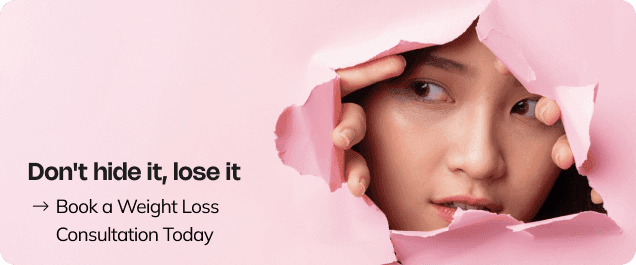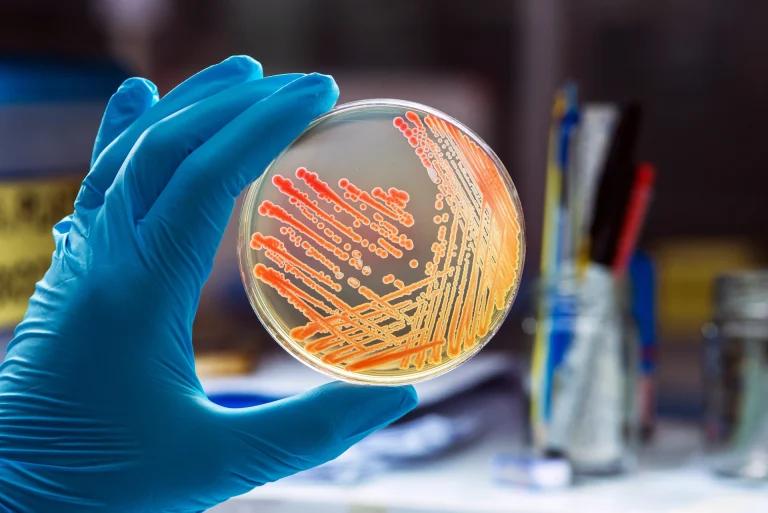A stye is a red bump on the outer edge of your eyelid. The redness and swelling can involve the entire eyelid or extend into your cheek or other parts of your face. The stye is filled with pus, produced when a clogged gland or follicle becomes infected. Styes rarely affect your eyeball or eyesight.
There are two types of stye (sty) or hordeolum:
- External styes – these are more common than internal styes. Most external styes start in an eyelash follicle. Occasionally, they start in a sebaceous gland. They’re located on the outside of the eyelid
- Internal hordeolum – mostly begin in an oil gland within your eyelid tissue (meibomian gland). They push on your eye as they grow. They tend to be more painful
What causes a Stye?
Styes are caused by bacterial infections in an oil gland or hair follicle on your upper or lower eyelid. These glands and follicles can get clogged with dead skin cells and other debris. This results in a swollen painful lump called a stye. Most styes are caused by bacteria such as Staphylococcus, which normally lives on your skin. Only when the bacteria are transferred to your eye and become trapped in a gland or hair follicle, do they cause an infection.
Touching or rubbing your eye is the most common way for bacteria to be transferred. Other risk factors that increase the risk of bacteria entering your eye include:
- Hay fever or allergies causing itchy eyes
- Inflammation of the eyelids (blepharitis)
- Using old mascara or eyeliner
- Not taking your makeup off at night
- Skin conditions, such as rosacea and seborrheic dermatitis
- Medical conditions, like diabetes
- Not cleaning your contact lenses, not taking your contacts out at night, not washing your hands before using your contacts or using expired contacts
- If you’ve previously had a stye
What are the symptoms of a Stye?
- Eyelid swelling
- Yellow discharge
- Light sensitivity
- Feeling like there’s something in the eye
- Watery or runny eye
- A crust that forms on the edge of the eyelid
How do I prevent a stye?
You can look after your eye health and lower your risk of getting a stye by:
- Not touching or rubbing your eyes
- Treat or relieve itchiness from hay fever or allergies
- Treat blepharitis, rosacea, and seborrheic dermatitis
- Keeping contacts clean
- Washing your hands with soap and warm water before using contact lenses
Styes are not contagious, but bacteria can be transferred through infected makeup. Do not share your eye makeup, especially mascara and eyeliner.
When should I see my doctor about my Stye?
Styes normally get better without medical treatment, but sometimes you may need to see a doctor if:
- Your stye doesn’t start to improve within a few days
- The drainage contains a lot of blood
- You have a rapid growth
- Have a painful or very swollen eyelid
An increase in swelling or new signs of infection could mean you’re developing a severe infection. See your doctor if your vision is affected or you develop swelling and redness around your eyes.
How is a stye treated?
Do not squeeze or pop a stye. This can spread the infection to the rest of your eyelid. Treatment options are:
- A warm compress made by soaking a washcloth in hot water. The American Academy of Ophthalmology (AAO) recommends using a compress for 10 to 15 minutes three to four times a day
- Antibiotic ointment to apply to your eyelid or antibiotic eye drops
- An ophthalmologist may give you a steroid injection (cortisone) to reduce the swelling
- Baby shampoo or mild soap on a cotton swab to remove drainage and crusting
- Incision and drainage if the stye does not clear up. The material removed will be checked to make sure it is not a sebaceous carcinoma
Sometimes, if a stye doesn’t completely heal, your body blocks it off. This results in a lump on your eyelid called a chalazion. Unlike a stye, it’s caused by inflammation and not an infection.
Sources
Medical Disclaimer
NowPatient has taken all reasonable steps to ensure that all material is factually accurate, complete, and current. However, the knowledge and experience of a qualified healthcare professional should always be sought after instead of using the information on this page. Before taking any drug, you should always speak to your doctor or another qualified healthcare provider.
The information provided here about medications is subject to change and is not meant to include all uses, precautions, warnings, directions, drug interactions, allergic reactions, or negative effects. The absence of warnings or other information for a particular medication does not imply that the medication or medication combination is appropriate for all patients or for all possible purposes.





